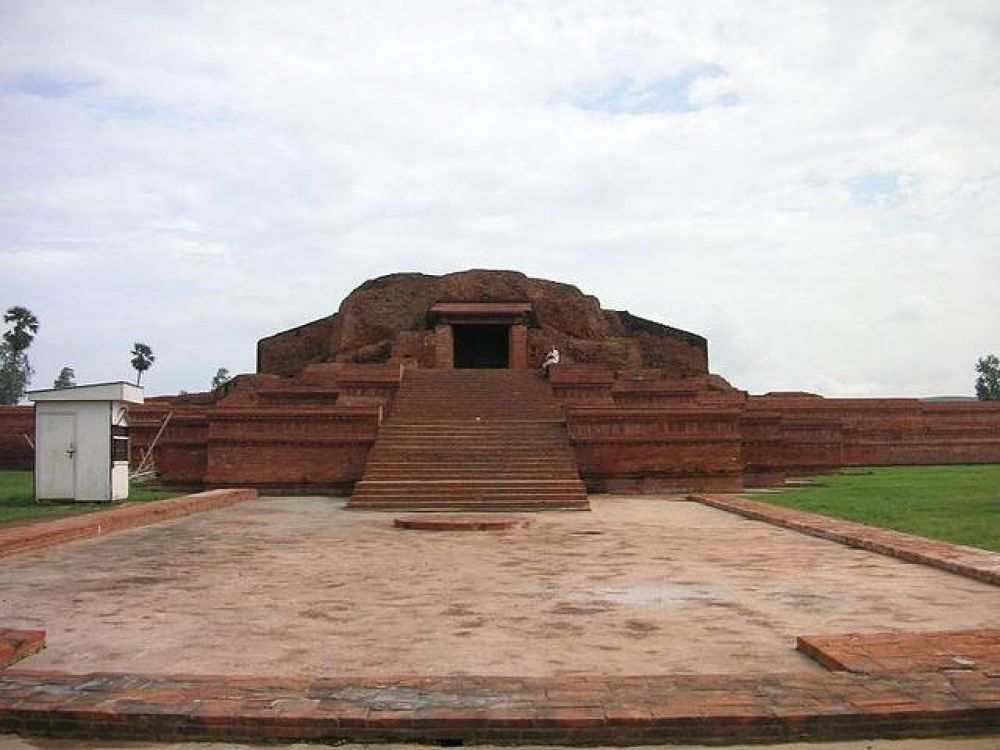

The Colganj Rock Cut Temples, located in Bhagalpur district of Bihar, India, are a remarkable example of Indian rock-cut architecture. The temples date back to the Gupta period of the Indian history, which is often considered as the "Golden Age of India", stretching across the 4th to the 6th century CE. These temples are carved into the cliffs of granite and are a testament to the artistry and religious fervor of ancient India.
The intricate carvings on these temples depict scenes from Hindu, Buddhist, and Jain mythologies, signifying the confluence of these three major religions in the region during the time period. The site's historical importance is not just limited to its religious connotations but also its testament to the cultural syncretism of ancient India.
The Colganj Rock Cut Temples have been a location of archaeological and historical interest for several decades. However, it has only been in more recent times that the site has received greater attention from tourists and scholars alike. The government and various heritage organizations have taken steps to preserve and promote these ancient relics.
The efforts to develop tourism at Colganj Rock Cut Temples took a more structured form in the late 20th and early 21st centuries as the potential for historical tourism in Bihar was recognized. The Bihar government, alongside the Archaeological Survey of India (ASI), has worked to make the site more accessible and informative for visitors.
In recent times, there has been a growing trend to explore off-the-beaten-path destinations in India, and the Colganj Rock Cut Temples fit this niche perfectly. These temples attract tourists who are interested in history, archaeology, and those seeking a spiritual experience away from the more crowded religious sites.
With the advent of digital marketing and social media, more travelers are becoming aware of these historical gems. The current trend also sees a rise in sustainable and responsible tourism, with visitors being more conscious of preserving the heritage sites they visit.
Local tourism initiatives have begun to offer guided tours and educational materials, aiming to enrich the visitor experience while ensuring the protection of the rock-cut temples. The visitor infrastructure, though still developing, has improved, with better signage, community involvement, and facilities improving the overall accessibility to the site.
For history enthusiasts and cultural tourists looking to visit the Colganj Rock Cut Temples, the best time to visit is during the cooler months, from October to March. It is recommended to hire local guides for an in-depth understanding of the site's history and significance.
Note: As with any heritage site, visitors are advised to respect the sanctity of the area and adhere to the guidelines set by local authorities to preserve this historical site for future generations.